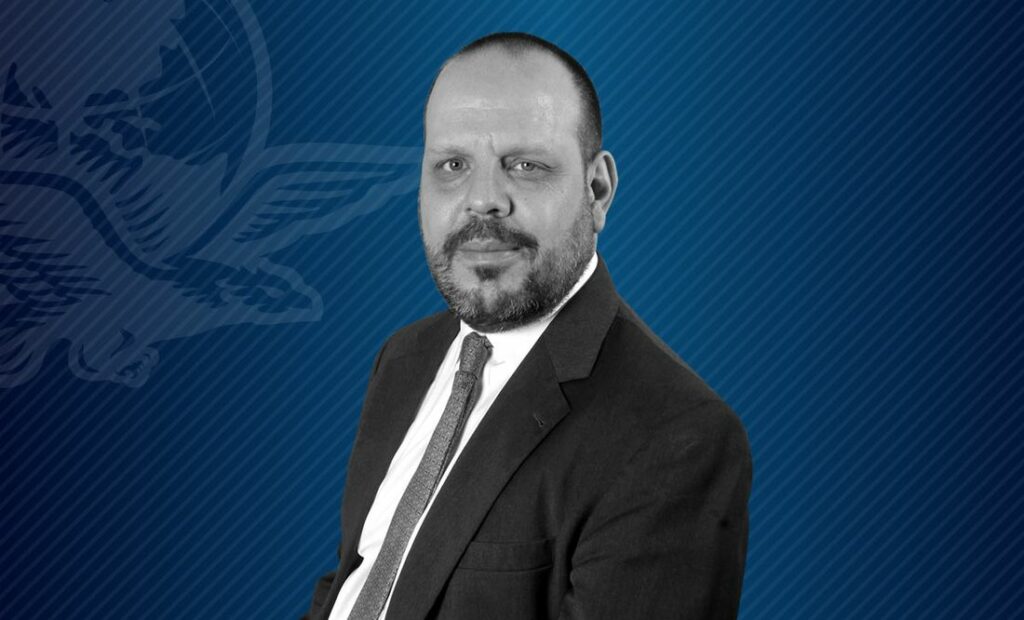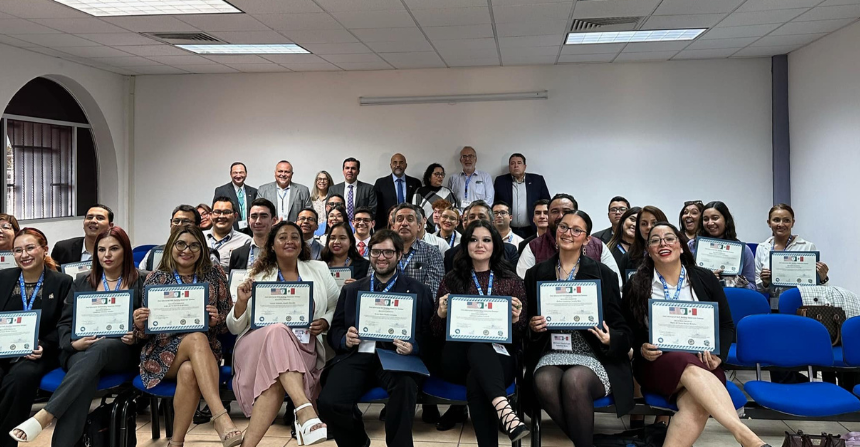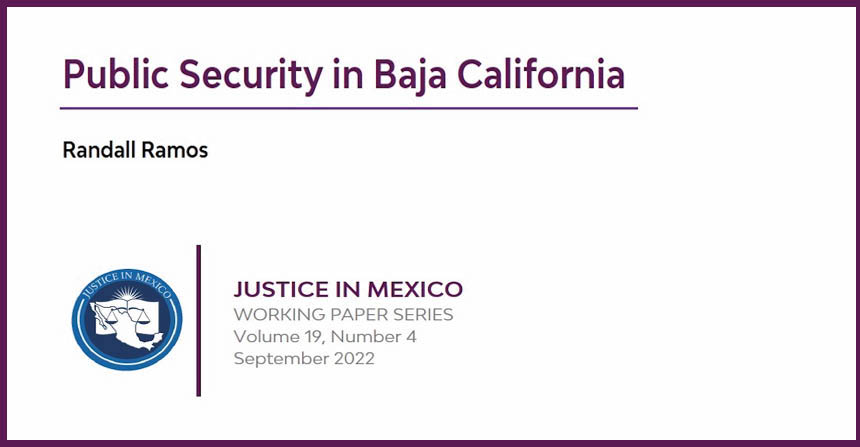With the recent Arizona immigration law taking center stage in the state meeting that took place between Presidents Obama and Calderón on May 18, the Mexican president found himself having to navigate tricky ground. Calderón was notably voicing his concerns over possible human rights violations of Mexican citizens as a result of the strict new law, trying to convince the U.S. Congress to take more measures to curb the southbound flow of weapons into Mexico, while at the same time expressing confidence that the war with the cartels was one that Mexico can win. An unwelcome twist came just days before Mr. Calderón’s visit when 1994 National Action Party presidential candidate and party leader Diego Fernández de Cevallos, a friend of President Calderón was apparently kidnapped. Many fear that kidnapping Cevallos could be an overt message of escalation from drug cartels.
In a joint session of Congress with roughly half of U.S. legislators in attendance, Calderón asked lawmakers to reinstate a ban on assault rifles that was allowed to expire in 2004. Congress members reacted predictably to the request, with Democrats generally applauding it, and Republicans rejecting it. Some Republicans also took issue with Calderón’s call for immigration reforms. Attorney General Eric Holder drew criticism from Republicans in Congress and second amendment advocates when he suggested the possibility last year of reinstating the ban. While U.S. officials have reported success in prosecuting sellers who knowingly sell to “straw buyers” –proxy buyers who purchase weapons on behalf of traffickers– and stepping up searches of southbound trucks and vehicles heading into Mexico, the Obama administration has shown little will to pursue an outright ban on assault rifles. According to the Mexican government, roughly 80% of the 75,000 firearms confiscated in Mexico and submitted for ATF tracing last year were linked to sellers in the United States.
On the U.S. side, the Obama administration has announced a revamped strategy that will focus more on drug treatment, with specific emphasis on the goal of reducing addiction rates among young people. Specifically, the plan establishes five-year goals, including reducing the rate of youth drug use by 15%; decreasing drug use among young adults by 10%; reducing the number of chronic drug users by 15%; reducing the incidence of drug-induced deaths by 15%; and reducing the prevalence of drugged driving by 10%. Obama has requested $15.5 billion for 2011 to fight drugs, of which about $5.6 billion, or 36%, would be spent on prevention and treatment. This shows a modest increase over the 2010 budget request of just over $15 billion for federal drug control spending, with just under $5.2 million, or 34%, presently destined for treatment and prevention. However, the 2010 drug control budget actually fell 10.6% short of FY2009 in the area of prevention, while increasing treatment by 4.4%. Gil Kerlikowske, Director of the Office of National Drug Control Policy, admitted that the numbers do not match up with the rhetoric, but stressed that change comes slowly.
SOURCES:
“President Obama Releases National Strategy To Reduce Drug Use and Its Consequences.” Office of National Drug Control Policy May 11, 2010. Press Release.
Lacey, Marc. “Mexican Leader to Visit U.S. as Woes Mount.” The New York Times May 17, 2010.
National Drug Control Strategy FY 2010 Budget Summary. Office of National Drug Control Policy May, 2009.
Gillman, Todd J. “Calderón urges Congress to renew ban on assault weapons in fight against drug cartels.” The Dallas Morning News May 21, 2010.




